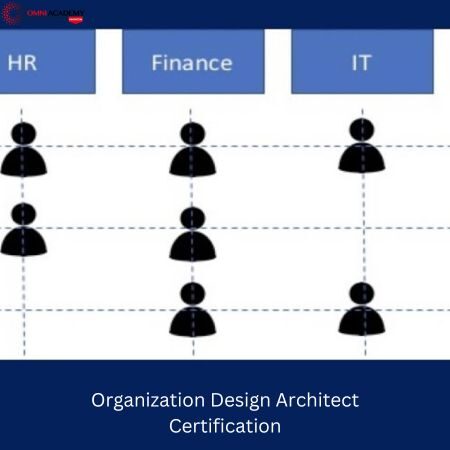Cambridge IGCSE Information and Communication Technology (0417)
Students develop an understanding of the implications of technology in society and the ways Information and Communication Technology (ICT) can help at home, work and the wider world. Through practical and theoretical studies, students solve problems using a variety of common software such as word processors and interactive presentation software.
Learners will analyze, design, implement, test, and evaluate ICT systems, making sure that they are fit for purpose. There is an emphasis on developing lifelong skills, which are essential across the curriculum and their future career.
Course KeyLearnings:
- Understanding and using applications
- Using Information and Communication Technology (ICT) to solve problems
- Analyzing, designing, implementing, testing, and evaluating ICT systems, ensuring that they are fit for purpose
- Understanding the implications of technology in society, including social, economic and ethical uses
- Awareness of the ways ICT can help in home, learning, and work environments.
Course Content:
Module1: Types and components of computer systems
- Hardware and Software
- The main components of computer systems
- Operating systems
- Impact of emerging technologies
- Types of computer
Module2: Input and output devices
- Input devices and their uses
- Direct data entry and associated devices
- Output devices and their uses
- Storage devices and media
Module3: Networks and the effects of using them
- Networks
- Network issues and communication
Module4: The effects of using IT
- Effects of IT on employment
- Effects of IT on working patterns within organizations microprocessor-controlled devices in the home
- Microprocessor-controlled devices in the home
- Potential health problems related to the prolonged use of IT equipment
Module5 ICT applications
- ICT applications
- Communication applications
- Data handling applications
- Measurement applications
- Microprocessors in control applications
- Modelling applications
- Aplications in manufacturing industries
- School management systems
- Booking systems
- Banking applications
- Computers in medicine
- Computers in libraries
- Expert systems
- Computers in the retail industry
- Monitoring and tracking systems
- Satellite systems
Module6:The systems life cycle
- Analysis
- Design
- Development and testing
- Implementation
- Documentation
- Evaluation
Module7:Safety and security
- Physical safety
- E-Safety
- Security of data
Module8: Audience
- Audience appreciation
- Legal, moral, ethical and cultural appreciation
Module9: Communication
- Communication with other ICT users using email
- Effective use of the internet
Module10: File management
- Manage files effectively
- Reduce file sizes for storage or transmission
Module11:Images
- use software tools to place and edit an image to meet the requirements of its intended application and audience
- know when it is necessary to edit an image and can appropriately
Module12: Layout
- Use software tools to prepare a basic document to match the purpose and target audience
- Use software tools to use headers and footers appropriately within a range of software packages
Module13: Styles
- Understand the purpose of a corporate house style and ensure that all work produced matches this
- Apply styles to ensure consistency of presentation
Module14: Proofing
- Software tools
- Proofing techniques
Module15: Proofing Techniques
- Accuracy of data entry
- Verification
Module16:Graphs and charts
- produce a graph or chart from the given data
- select data to produce a graph/chart, including: using contiguous data, non-contiguous data, and
specified data ranges, where necessary - select the graph or chart type to match the required purpose and meet the needs of the audience
- label the graph or chart, including: chart title, legend, sector labels, sector values, segment labels,
segment values, percentages, category axis title, value axis title, category axis labels, value axis - Add a second data series to a chart, as necessary
Module17: Document production
- Format text and organize page layout
- Use software tools to edit tables
- Mail merge a document with a data source
Module18: Data manipulation
- Create a database structure
- Manipulate data
- Present data
Module19:Data analysis
- Create a data model
- Test the data model
- Manipulate data
- Present data
Module20: Website authoring
- Web development layers
- Create a web page
- Create a web page continued
- Use stylesheets
- Test and publish a website
International Student Fee : 300 SAR | 80 USD Per Month
Job Interview Preparation (Soft Skills Questions & Answers)
- Tough Open-Ended Job Interview Questions
- What to Wear for Best Job Interview Attire
- Job Interview Question- What are You Passionate About?
- How to Prepare for a Job Promotion Interview
 Your FREE eLEARNING Courses (Click Here)
Your FREE eLEARNING Courses (Click Here)
Internships, Freelance and Full-Time Work opportunities
Flexible Class Options
- Week End Classes For Professionals SAT | SUN
- Corporate Group Trainings Available
- Online Classes – Live Virtual Class (L.V.C), Online Training
Related Courses









 WhatsApp Us
WhatsApp Us